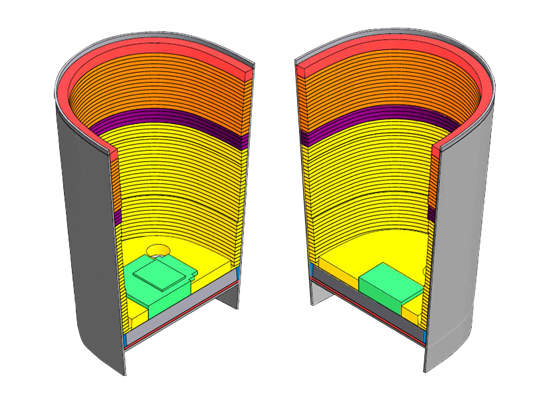Steel Ladle Refractory Zones
Articles
"Zoning” is the name given to the systematic process of identifying and then selecting the proper refractory to address extremely severe wear conditions compared to the remainder of the steel ladle lining. Just as a melt shop operating practices can vary ladle lining zoning practices will vary accordingly. For this reason, each shop should study its own ladle lining wear problems closely and should plan its own zoning programs to protect high wear areas.
For an effective program of zoning, a series of ladle tear-out profiles (for the same ladle) should be studied and problem areas identified. The series of profiles will reveal wear patterns. Visual observation during the ladle campaign also will help to reveal what is happening, when, and possibly why keeping track of this information and using it to plan and carry out a thorough zoning program can result in substantial savings in operating costs.
Particular attention should be given to slag lines, metal impact areas, and ladle bottoms. The three most common refractory practices used to protect these problem areas are (1) zoning by quality, (2) zoning by thickness, and (3) proper mortar selection for various brick types.

Ladle Slagline Zone:
Slag line areas commonly are affected by erosion and corrosion. Basic slags and high steel temperatures can have very detrimental effects on alumina-silicate refractories. The lower the alumina content, the more destructive the slag.
In cases where the slag basicity (lime to silica ratio) is under 1.5, a high alumina refractory normally is the preferred choice.
Basic refractories should be considered if MgO and Fe2O3 levels are high or if holding times are unusually long.
Ladle Metal Impingement:
Concentrated tap streams can accelerate wear in various locations of steel ladles, usually in the mid to lower sidewall and/or directly on the working bottom. Refractory upgrading by thickness or by quality usually is necessary.
In the ladle sidewall, zoning by thickness is the simplest and least expensive practice. However, if maintaining or increasing ladle capacity is desired, zoning by upgrading refractory quality is the answer.
Refractories having high hot strengths, low porosities, and good thermal shock resistance perform best in impact and erosion areas. Both high alumina and basic products can achieve excellent results.
Ladle Refractory Bottom Zone:
Special attention must be given to the skulling tendency in ladle bottoms. Entire bottoms of high alumina or basic products may require special handling to prevent skulling.
The selection of mortars is a prime consideration when upgrading refractory brick linings, because zoning with different mortar types may be necessary. In general, high mortar strength during installation and high “air-setting” strengths are musts. Specific recommendations are available from Resco Products.

